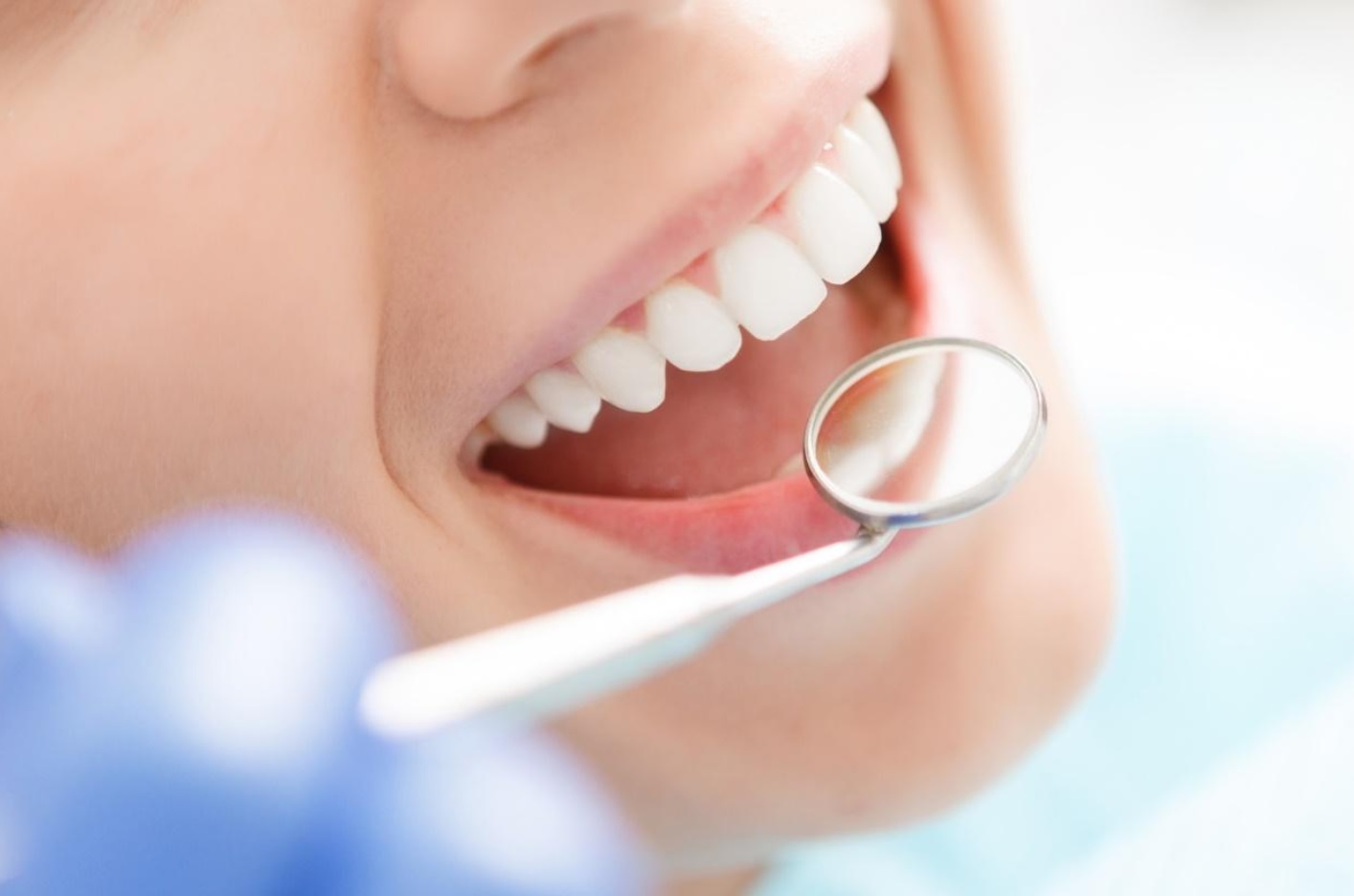A captivating smile has the power to light up a room, exude confidence, and leave a lasting impression. In today’s image-conscious society, cosmetic dentistry has emerged as a transformative solution, allowing individuals to achieve their dream smiles.
With a range of innovative procedures and technologies, cosmetic dentistry can address various aesthetic concerns, from discoloration and misalignment to chipped or missing teeth.
In this article, we’ll delve into the world of cosmetic dentistry, exploring the techniques and advancements that can unveil the perfect smile.
1: Enhancing the Color and Appearance of Your Teeth
Tooth discoloration has become quite a common concern these days, especially in the adult or teenage community. While it does not affect your health too much, it can certainly affect your image in society. But, the question is – why does this problem occur?
Years of consuming staining substances like coffee, tea, and tobacco, along with natural aging, can take a toll on the whiteness of our teeth.
However, cosmetic dentistry offers several effective solutions to brighten your smile.
Professional teeth whitening treatments, performed in-office or using take-home kits, can significantly lighten tooth color, removing stubborn stains and enhancing overall appearance.
For more severe discoloration or intrinsic stains, techniques like veneers or dental bonding may be recommended. These methods involve applying thin, custom-made porcelain or composite resin shells to the front surface of teeth, providing a natural-looking, radiant smile.
2: Perfecting Tooth Alignment and Shape
Crooked, crowded, or misaligned teeth can have a significant impact on self-confidence. Fortunately, cosmetic dentistry offers solutions to address these concerns as well.
Traditional orthodontic treatments like braces are effective for aligning teeth, but newer alternatives have gained popularity in recent years.
Clear aligner systems, like Invisalign, use a series of transparent, removable trays to gradually shift teeth into their desired positions.
This discreet and comfortable approach to orthodontics has revolutionized tooth alignment, providing patients with a discreet and convenient option.
In cases where minor adjustments are needed, dental contouring or reshaping can be performed. By removing small amounts of enamel or reshaping the tooth structure, cosmetic dentists can improve tooth shape, size, and position, resulting in a harmonious smile.
3: Restoring Missing Teeth
Missing teeth not only affect oral functionality but can also impact a person’s self-esteem. Cosmetic dentistry offers various solutions for restoring missing teeth, such as dental implants, bridges, and dentures.
According to a doctor of cosmetic dentistry Chicago, dental implants are considered the gold standard in tooth replacement. These artificial tooth roots are placed into the jawbone surgically, providing a stable foundation for a natural-looking dental crown.
Implants offer long-term durability and function, allowing individuals to regain their smile’s beauty and functionality.
Dental bridges, on the other hand, are fixed prosthetic devices that replace one or more missing teeth by anchoring to adjacent natural teeth.
Dentures, available as partial or full sets, can also restore multiple missing teeth and improve overall oral aesthetics.
4: Achieving Facial Harmony
Cosmetic dentistry goes beyond teeth to encompass the overall harmony of the face. Smile makeovers often involve considering facial proportions, lip contours, and gum symmetry to create a balanced and beautiful smile.
Gum contouring can be performed to correct an uneven gum line, remove excessive gum tissue, or expose more of the tooth surface.
This procedure can dramatically improve the appearance of a smile and create a harmonious balance between teeth and gums.
5: The Role of Technology in Cosmetic Dentistry
Advancements in technology have significantly influenced the field of cosmetic dentistry, enabling dentists to provide precise and efficient treatments.
Digital smile design allows patients to preview their potential smile transformations before undergoing any procedures, ensuring realistic expectations and personalized treatment plans.
CAD/CAM technology enables the creation of custom-made dental restorations, such as veneers and crowns, with exceptional accuracy and natural aesthetics.

Additionally, digital imaging, 3D printing, and intraoral scanners have streamlined the treatment process, making it more comfortable and convenient for patients.
FAQs – Frequently Asked Questions
Q: What is Cosmetic Dentistry?
A: Cosmetic dentistry refers to dental procedures and treatments that focus on improving the appearance of a person’s smile, teeth, and overall oral aesthetics.
It involves various techniques and treatments to enhance the color, shape, size, alignment, and overall appearance of the teeth.
Q: Who can Benefit from Cosmetic Dentistry?
A: Cosmetic dentistry can benefit individuals who are dissatisfied with the appearance of their teeth or smile.
It can address various aesthetic concerns, including stained or discolored teeth, chipped or cracked teeth, misaligned or crooked teeth, gaps between teeth, missing teeth, and more.
However, it is important to note that the suitability of specific cosmetic procedures depends on individual dental health and the advice of a qualified dentist.
Q: Is Cosmetic Dentistry Covered by Insurance?
A: In general, cosmetic dentistry is considered elective and primarily focuses on enhancing the appearance of teeth rather than addressing functional issues.
As a result, most dental insurance plans do not cover cosmetic procedures.
However, if a procedure has a functional component, such as dental crowns to restore damaged teeth, insurance may provide partial coverage. It is best to consult with your dental insurance provider to understand the extent of coverage for cosmetic procedures.
Q: Are Cosmetic Dentistry Procedures Painful?
A: Cosmetic dentistry procedures are typically designed to be minimally invasive and as comfortable as possible for the patient.
Dentists often use local anesthesia to numb the treatment area, ensuring that patients experience minimal to no pain during the procedure.
Some procedures, such as teeth whitening or dental bonding, may not require anesthesia at all. Your dentist will prioritize your comfort and discuss pain management options to ensure a pleasant experience.
Conclusion
Cosmetic dentistry has revolutionized the way we approach smile aesthetics, providing individuals with the opportunity to achieve their dream smiles.
Through teeth whitening, alignment correction, restorative procedures, and attention to facial harmony, cosmetic dentists can unveil the perfect smile.
As technology continues to advance, the future of cosmetic dentistry holds even more promise, empowering individuals to embrace their confidence and radiate their unique beauty through an enchanting smile.
